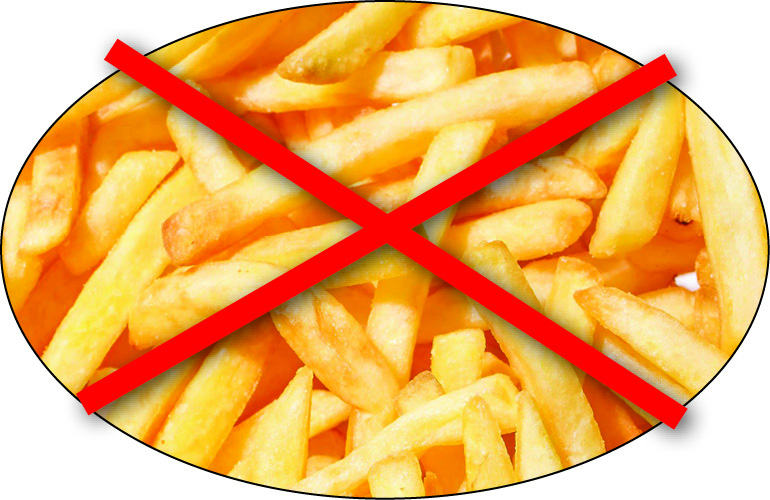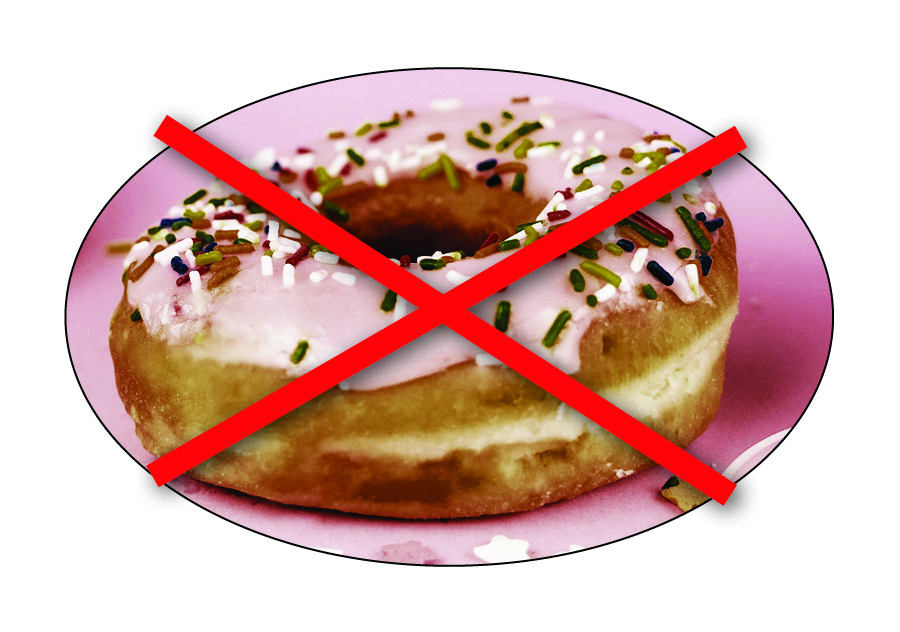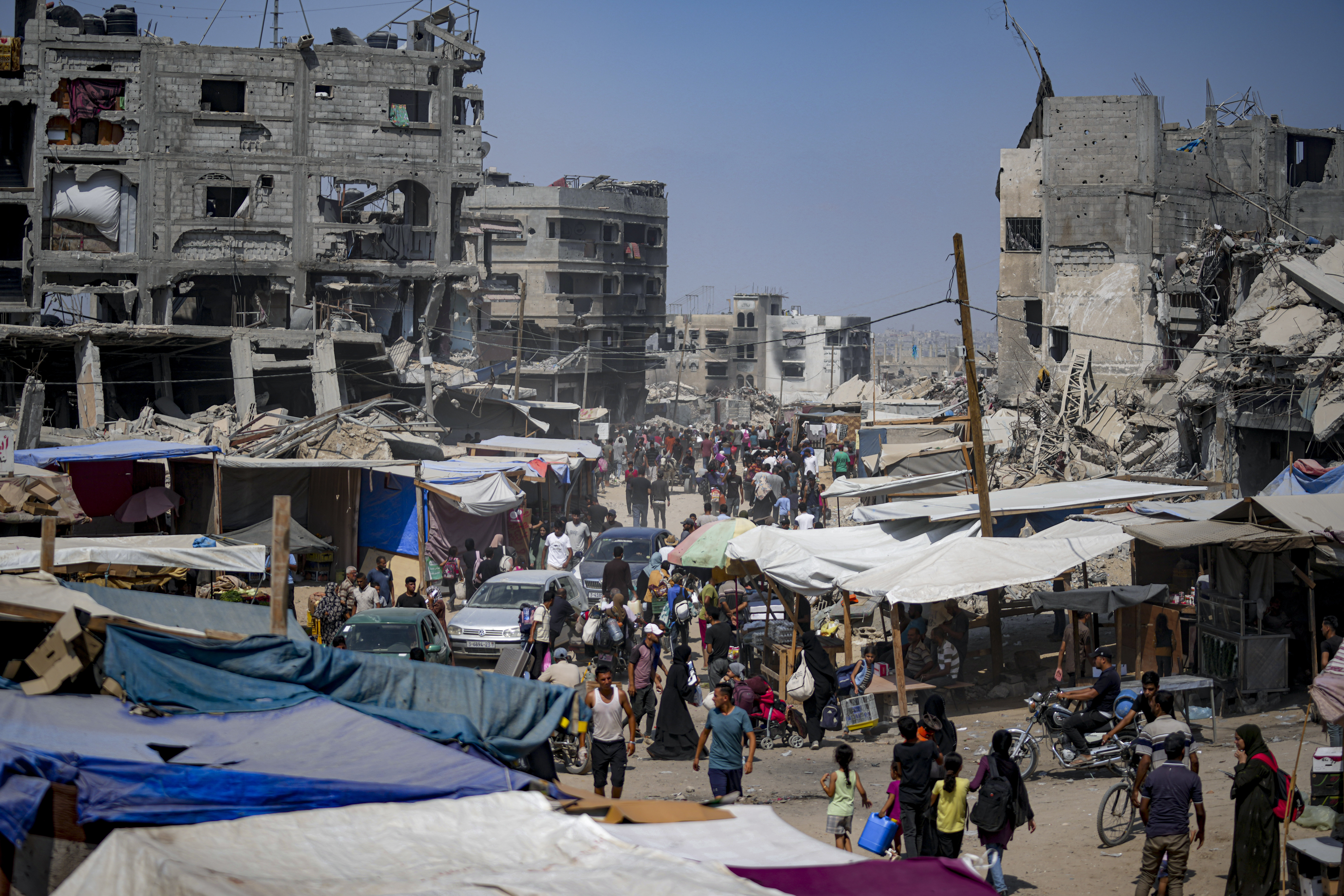Mention cancer and people’s hearts start to beat faster and the diagnosis can cause panic. The good news is that cancer deaths in the U.S. have decreased in recent years. The bad news is that cancer among adults under 50 is on the rise.
The American Cancer Society’s recent report looked at rates of 34 different kinds of cancer over several decades and found that 17 of them were more prevalent in Millennials and Gen Xers including nine that previously had declining incidence in older people. The incidence rate for some forms was two to three times higher in people born in 1990 than in 1955.
The report suggested more research is required to determine the reasons for the rise in younger generations, but the authors cite diet, obesity, and environmental toxins as major contributing factors.
“Diet has changed so drastically over the past few decades,” Erin Muhammad, a New York nurse and nutritionist told The Final Call. “People are eating more processed foods than ever before. People are also fatter than ever before. Obesity is a major problem for those generations. Further, there are more chemicals in the air. People are exposed to chemicals in their environment as well as in their food,” she said.
“The Honorable Elijah Muhammad gave us ‘How to Eat to Live,’” she said referring to the two-volume book set by the Eternal Leader of the Nation of Islam. “Many have forgotten what that book contains or they haven’t read it.
People are also home more on Xboxes and social media. They aren’t getting out and exercising as much. Couple the obesity problems with an increase in Type 2 diabetes. People just don’t exercise like they used to,” said Erin Muhammad.

The new report used information from 23,654,000 people diagnosed with 34 types of cancer and 7,348,137 deaths from 25 cancers from 2000–2019. The scientists found an increased incidence in 17 of the 34 cancers in progressively younger generations. These cancers include:
• ovary
• colorectal cancer
• endometrial cancer
• kidney and renal pelvis
• pancreas
• leukemia: a blood cancer
The increase in cancer was more widespread in cancers of the small intestine, thyroid, kidney and renal pelvis, and pancreas. Compared with people born in 1955, the incidence in those born in 1990 was two- to three-fold greater.
Also, five cancer types stood out for their increased mortality rates:
• liver in females
• endometrial cancer
• gallbladder
• testicular
• colorectal cancers
“These findings are sobering as they indicate the increased cancer risk in younger generations is not merely an artifact due to more frequent cancer detection and diagnosis,” explained study author Hyuna Sung, Ph.D. American Cancer Society.
Diet
The American diet has changed over several generations. Once upon a time, farms provided the bulk of the food people ate. Today, the American diet is typically full of ready-made meals, ice cream, candies, energy bars, processed meats, packaged snacks, cookies, cakes, and pastries.

Researchers have found that eating ultra-processed foods, those that contain multiple ingredients such as fat, oil, additives such as flavors, colors, sweeteners, and emulsifiers, high in sugar, salt, and manufactured through a multitude of industrial processes are linked to an increased risk of diseases such as heart disease, Type 2 diabetes, obesity, cancer, and more.
“Ultra-processed foods are manufactured industrially from multiple ingredients that usually include additives used for technological and/or cosmetic purposes,” wrote the authors of a study in the journal JAMA Internal Medicine.
“Ultra-processed foods are mostly consumed in the form of snacks, desserts, or ready-to-eat or -heat meals,” and their consumption “has largely increased during the past several decades.”
Deshaun Jackson, an inner-city Baltimore resident, husband and father of four told The Final Call, “It is very difficult to eat healthy when grocery stores with fresh food are several bus rides away and you don’t have a car. What are you supposed to do? It’s almost like a conspiracy to give Black and poor people bad health. We don’t have access to the food that will give us good health.”
“The stores in my neighborhood that do have some fresh food, you don’t want to buy it because it’s going bad. I want my family to eat better. I don’t want them to eat everything out of a can, or a box or to just eat something we heat and serve. Even though it is easier and faster. We live a hectic life and it does make things easier. However, I understand now it’s not healthier and I should read labels.”

Researchers have found that in the United States, 61 percent of an adult’s total diet comes from ultra-processed foods, in Canada, it is 62 percent, and in the United Kingdom, that proportion is 63 percent. That steady diet can lead to obesity, high blood pressure and cancer.
“We’re at the mercy of others because we don’t have earth that would give us sustainable agricultural growth and progress. The Honorable Elijah Muhammad gave us an example—when he was here in the 1960s we went to Georgia and purchased 5,000 acres of land.
We went to Alabama and purchased another 8,000 or 10,000 acres of land,” said the Honorable Minister Louis Farrakhan in a 2010 interview with The Final Call.
“We went to Honduras and bought another 20,000 acres of land and the Honorable Elijah Muhammad had an ad in our paper at that time, Muhammad Speaks, that said we wanted to lease one million acres of land. Why? Because we wanted to produce a sustainable agricultural program that would give us health, maintain our health and sustain us in a proper way,” the Minister stated.
Obesity
The recent 20th report, State of Obesity 2023: Better Policies for a Healthier America by the Trust for America’s Health found steady increases in obesity rates across population groups. They attribute the continuing rise to multiple factors including societal, biological, genetic, and environmental, which are often beyond personal choice.
“Over the past two decades obesity rates have climbed for all population groups with certain populations of color experiencing the highest rates, often due to structural barriers to healthy eating and a lack of opportunities and places to be physically active. Nationally, 41.9 percent of adults have obesity.
Black and Latino adults have the highest obesity rates at 49.9 percent and 45.6 percent respectively. People living in rural communities have higher rates of obesity than people living in urban and suburban areas,” explained the report.
The report analyzed the latest data from the Centers for Disease Control and Prevention’s (CDC) Behavioral Risk Factor Surveillance System. It found in 2022, 22 states had an adult obesity rate at or above 35 percent, up from 19 states the prior year. A decade ago, no state had an adult obesity rate at or above the 35 percent level.
“People are concerned that they are eating the wrong foods and it can lead to weight gain but have few opportunities to do better,” said Erin Muhammad. “Part of the problem is that culturally we don’t cook anymore. Food used to be the center of celebrations and get-togethers. Not anymore. We go out or have food brought in,” she added.
“Now we have grandmothers that don’t know how to cook. We don’t know how to eat to live. We just eat what America gives us and that’s corporate processed food high in sugars and high in carbohydrates which we eat too many of. Then we drink too many sweet drinks both leading to extra unwanted pounds.”
She added, “The cycle starts with pregnancy. You have a young mom eating off the dollar menu. She doesn’t breastfeed. Her baby gets formula, then she puts cereal in the formula, then baby food from a jar, then chicken nuggets and French fries. Then they go to school for more processed food. It’s no wonder we are fat and then have high blood pressure, diabetes, cancer and other poor health issues.”
Environmental toxins
A recent rule issued by the Environmental Protection Agency requires more than 200 chemical plants nationwide to reduce toxic emissions that are likely to cause cancer for people living near commercial sterilization facilities across the country.
Areas benefiting the most from the new rule include majority-Black neighborhoods outside New Orleans. The rule will significantly reduce emissions of chloroprene and other harmful pollutants at the Denka Performance Elastomer facility in LaPlace, Louisiana, the largest source of chloroprene emissions in the country.
“Every community in this country deserves to breathe clean air. That’s why I took the Journey to Justice tour to communities like St. John the Baptist Parish, where residents have borne the brunt of toxic air for far too long,” EPA Administrator Michael Regan told the media.
“We promised to listen to folks that are suffering from pollution and act to protect them. Today we deliver on that promise with strong final standards to slash pollution, reduce cancer risk and ensure cleaner air for nearby communities.
“We have followed the science and listened to communities to fulfill our responsibility to safeguard public health from this pollution—including the health of children, who are particularly vulnerable to carcinogens early in life.
We’ve arrived at a historically strong rule that will protect the most exposed communities from toxic air pollution while also ensuring that there will be a process that safeguards our nation’s critical supply of sterilized medical equipment.”
The rule applies to 218 facilities spread across the United States—more than half in Texas or Louisiana. Plants also are located in two dozen other states, including Ohio and other Midwest states, West Virginia, Pennsylvania, New York and throughout the South, according to the EPA.
While those toxic emissions are a cancer concern, Dr. Walter Kim, an integrative medicine physician with Brio-Medical, told Healthline, “The most harmful environmental toxin thought to contribute to carcinogenesis is the use of plastics and their breakdown products.”
Minister Farrakhan like his teacher the Honorable Elijah Muhammad, constantly stressed the critical need for Black people to own land to take care of themselves, their families and their communities and for optimum health.
“This is why we have to have land. We have to begin farming. We have to take land that is not being used, and seek government permission—or even get together in your communities, and buy the vacant lot,” the Minister stated in an article published in The Final Call titled, “The Scourge Of Biological And Chemical Weapons In America,” from part 37 of his 2013, 58-week Lecture Series “The Time and What Must Be Done.”
“This is why we have to have land. We have to begin farming. We have to take land that is not being used, and seek government permission—or even get together in your communities, and buy the vacant lot. And then learn gardening, and how to garden; and then get good seeds and start planting food, because it is only when you plant, and know what you’re planting, and eat what you plant;
then your health will improve, and your doctors’ bills will subside. And when we get into ‘How To Eat To Live,’ and show you how this is done, we can get away from so much drugs in medical form,” said Minister Farrakhan.













